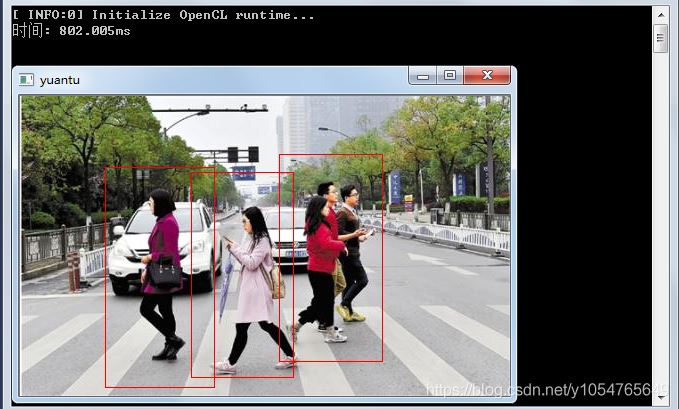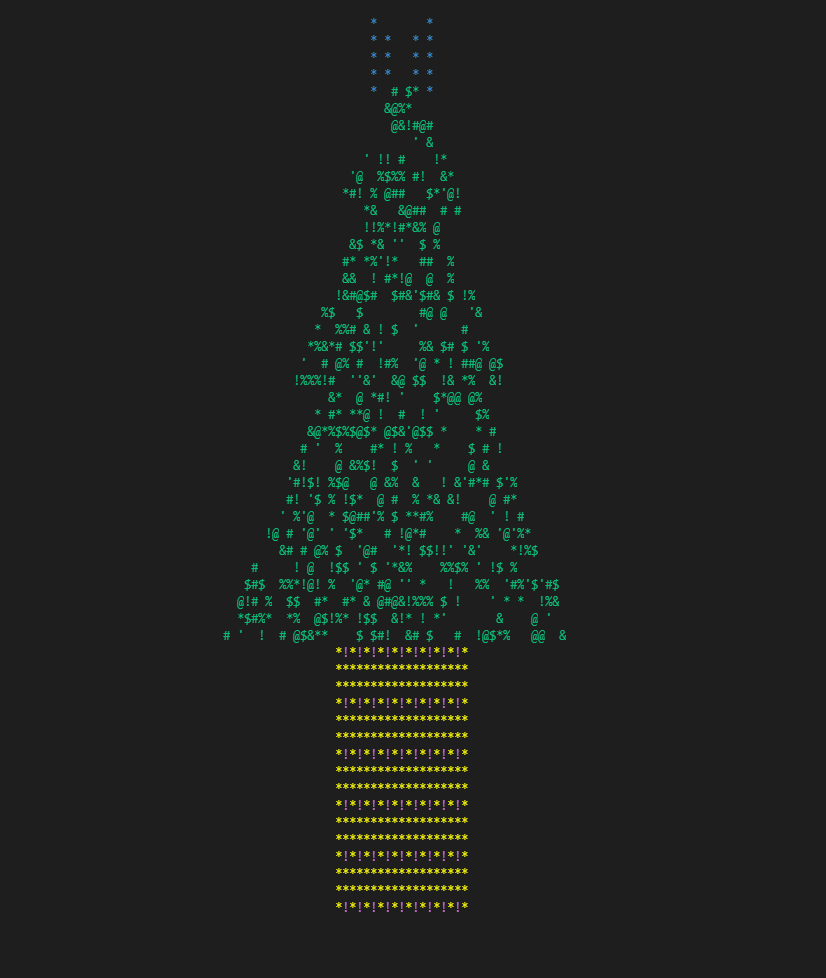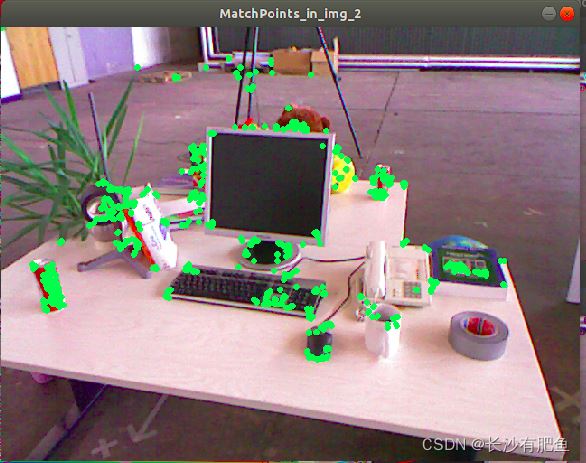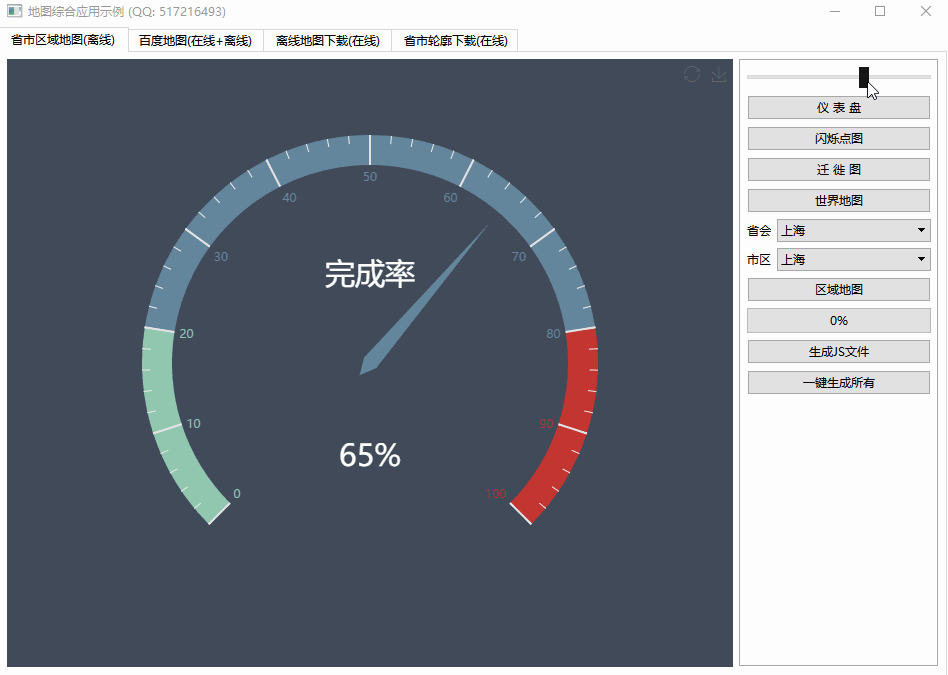initialization: parenthesis vs. equals sign(初始化:括号与等号)
问题描述
有什么区别
T a(b);
和
T a = b;
和
T a = T(b);
?
推荐答案
T a( b );
是直接初始化,除非它被解析为函数声明,在这种情况下它是一个函数声明.
is direct initialization, unless it parses as a function declaration, in which case it's a function declaration.
T a = b;
是复制初始化,这意味着它就像在右侧构造一个临时对象一样工作,然后a是复制构造的,或者在C中++11 及更高版本,可能从该临时移动构造.
is copy initialization, which means that it works as if a temporary object is constructed on the right hand side, and that a is then copy constructed or, in C++11 and later, possibly move constructed, from that temporary.
编译器可以在可能的情况下自由地删除(删除)临时+复制/移动,但是复制或移动构造函数,无论在逻辑上使用哪个,都必须仍然是可访问的,而不是显式.
The compiler is free to elide (remove) the temporary+copying/moving whenever it can, but a copy or move constructor, whichever would be logically used, must still be accessible and not explicit.
例如,在 C++03 中,您不能复制初始化 std::ostringstream,因为它没有复制构造函数.在 C++11 中,如果初始化程序是临时的,则可以复制初始化 ostringstream,这会导致逻辑移动构造(但通常会被省略,优化掉).比如这个拷贝初始化声明,
For example, in C++03 you cannot copy-initialize a std::ostringstream, because it doesn't have a copy constructor. In C++11 you can copy-initialize an ostringstream if the initializer is a temporary, which then results in a logical move construction (which however will usually be elided, optimized away). For example, this copy initialization declaration,
ostringstream s = ostringstream( "blah" );
…不编译为 C++03,因为在 C++03 中,复制初始化调用了类的复制构造函数,而该构造函数不存在.然而,它确实编译为 C++11,因为在 C++11 中,复制初始化调用了移动构造函数.虽然(为了保持其作为流的错觉)std::ostringstream 不能直接复制,但它可以移动.
… doesn't compile as C++03, because in C++03 the copy initialization invokes the class' copy constructor, which doesn't exist. It does however compile as C++11, because in C++11 the copy initialization invokes the move constructor. And while (to maintain its illusion of being a stream) a std::ostringstream can't be directly copied, it can be moved.
另一个这样的区别:在 C++03 中,只有复制初始化语法支持 花括号 初始化器,在 C++03 中,当 T 是聚合时可以使用它类型,例如原始数组.在 C++11 中,花括号符号已被扩展并概括为 统一初始化语法,因此它也可以用于直接初始化.所以下面直接初始化声明,
Another such difference: in C++03 only the copy initialization syntax supports curly braces initializer, which in C++03 you can use when T is an aggregate type such as a raw array. In C++11 the curly braces notation has been extended and generalized as a uniform initialization syntax, so it can be used also with direct initialization. And so the following direct initialization declaration,
int v[]{ 3, 1, 4, 1, 5, 9, 2, 6, 5, 4 };
…不编译为 C++03,但编译为 C++11 及更高版本.
… does not compile as C++03, but does compile as C++11 and later.
= 复制初始化语法是 C 的原始初始化语法.
The = copy initialization syntax is the original initialization syntax from C.
在 C++11 及更高版本中,由于移动语义,它可以用于比 C++03 更广泛的情况,例如与 std::ostringstream.
And in C++11 and later, due to move semantics, it can be used in a much wider range of cases than in C++03, such as with a std::ostringstream.
这篇关于初始化:括号与等号的文章就介绍到这了,希望我们推荐的答案对大家有所帮助,也希望大家多多支持编程学习网!
本文标题为:初始化:括号与等号


基础教程推荐
- 如何通过C程序打开命令提示符Cmd 2022-12-09
- 静态库、静态链接动态库和动态链接动态库的 .lib 文件里面是什么? 2021-01-01
- 在 C++ 中计算滚动/移动平均值 2021-01-01
- 常量变量在标题中不起作用 2021-01-01
- 如何在 C++ 中初始化静态常量成员? 2022-01-01
- 如何将 std::pair 的排序 std::list 转换为 std::map 2022-01-01
- 我有静态或动态 boost 库吗? 2021-01-01
- 这个宏可以转换成函数吗? 2022-01-01
- C++结构和函数声明。为什么它不能编译? 2022-11-07
- 如何检查GTK+3.0中的小部件类型? 2022-11-30

















